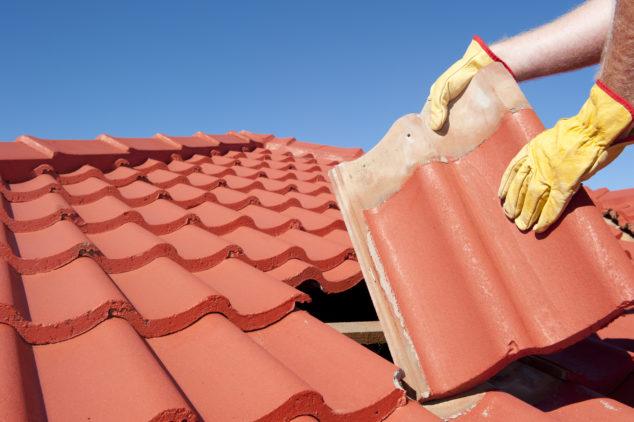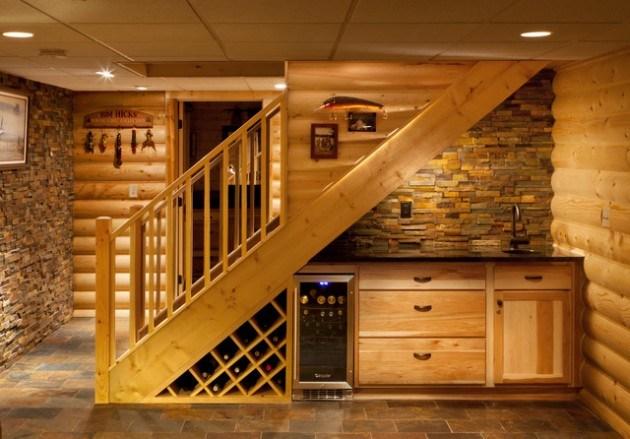Roof replacement is usually involving, and at the very least, it’s time-consuming and a costly project.
Now, given the resources you need to replace a roof, you want to ensure that the replacement task is done to perfection.
It’s for this reason we’ve created this listicle that outlines the top 10 things that you should know before installing a new roof.
- Have Your Roof Inspected
If there’re already tell-tale signs of your roof needing a replacement, then it probably does.
However, it’s always a good idea to call roofing professionals to assess the replacement needs of your roof.
A roofing specialist will easily spot the potential issues on your roof, give a clear picture of your roof’s condition, and recommend on the way to go about remedying the broken roof.
- Roofing Material Options
One of the crucial decisions to make when installing a new roof is considering the roofing materials.
When deciding on the appropriate material, you need to consider a variety of factors, including price, aesthetics, and even lifespan.
Ordinarily, asphalt roofing shingles are the most popular and economical roofing options, but here’re a slew of other options, including metals, slates, metal, clay, and more.
- Peeling Off or Layering On
If you’re planning, you layer your existing shingles, ensure that you’re aware of the building code in your locality; in many cases, though; the building code does not allow you to have more than two shingle layers on your roof.
If you do have more than one, it’s recommended that you peel it off altogether since a second layer exerts more stress on your roof.
Either of the processes is highly demanding, and unless you’re a professional, you should seek the services of roofing professionals.
- Examine the State of your Roof Frame
If you’ve had prior issues with your roofs such as a leaking or sagging roof, it’s advisable that you first inspect the plywood supporting the roofing before making a replacement.
In case you notice an area where the sheathing is soft, broken or disintegrated, you should replace it right away to avoid more problems down the road.
- Know the Roof Size Lingo
Before requesting for a roof replacement, you should know some of the roofing lingoes.
Roofing contractors, for instance, measure your roof and provide you with an estimate based on the number of “squares” of the roofing materials required.
As such, you should acquaint yourself with some of the rudimentary terms that roofing experts use.
- Consider the Ventilation
Proper ventilation is one of the key aspects that contribute to the long life of your roofing.
Before installing a new roof, it’s recommendable that you ensure it has the needed ventilation.
Ventilation, in particular, is handy in the temperate regions, where temperature modulation is of the essence during summer and winter.
- Consider the Wind Resistance
In evaluating the overall roofing construction, including the roofing materials and installation, you need to consider the warranty and performance related to wind.
This is particularly true if you live in a region where hurricanes, tornadoes, or where severe weather patterns can result in wind damage.
- Choosing the Right Contractor
As we had mentioned earlier, roofing is quite a technical project, and you should hire a professional roofing company to handle the project on your behalf.
See, roof replacement might require expertise, including skilled labor and specialized tools, which you might not have.
So, do some research in your locality, and see which roofing contractor fits your bill.
- Remember Roofing is Noisy
Always keep in mind that roof replacement is a loud process.
The stripping and hammering of the shingle can cause a lot of rackets.
And so, if you, your family, or pets are sensitive to noise, you can go and rest somewhere away from home as the roofing takes place.
- Cover Belongings In The Attic
During the replacement process, installers will be walking over your roof as they pound it with hammers.
Consequently, dust and small debris might fall into the attic spaces during a new roof installation.
And so, you can keep your items safe and free from dirt by covering them with an old sheet.
Be as it may, be prepared for some light vacuuming after the installation process.









